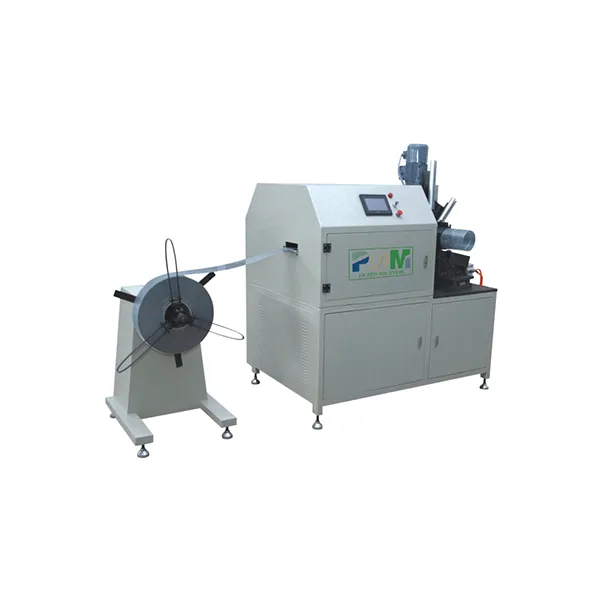Nov . 12, 2024 22:43 Back to list
wastewater treatment plant products
Understanding Products Derived from Wastewater Treatment Plants
Wastewater treatment plants (WWTPs) play a critical role in environmental protection and public health by effectively managing the water cycle. However, the benefits of these facilities extend beyond simply cleaning water. They also produce a variety of valuable products that can significantly contribute to sustainability and resource recovery.
1. Treated Water The Primary Product
The foremost product of a wastewater treatment plant is treated water, which is returned to the environment. This can be reused for various purposes, including irrigation, industrial processes, and even as potable water in some regions after further treatment. The treated effluent allows communities to conserve fresh water resources, particularly in areas prone to drought or water scarcity.
2. Biosolids A Nutrient-Rich Resource
One of the most significant by-products of wastewater treatment is biosolids, which consist of the organic solids settled out during the treatment process. These biosolids are rich in nutrients such as nitrogen and phosphorus, making them suitable for use as fertilizer in agriculture and landscaping. Through processes like composting or anaerobic digestion, biosolids can be transformed into stable products that enhance soil health, improve moisture retention, and reduce the need for chemical fertilizers. Sustainable agricultural practices benefit immensely from the recycling of biosolids, while also minimizing landfill waste.
3. Energy Recovery Biogas Production
Wastewater treatment plants are not only consumers of energy but can also be energy producers. Anaerobic digestion of organic matter from wastewater generates biogas, primarily composed of methane and carbon dioxide. This biogas can be captured and utilized for generating electricity or heat, thereby reducing the plant's reliance on external energy sources. In some advanced WWTPs, excess biogas can even be purified to biomethane, a renewable natural gas that can be fed into the natural gas grid or used as vehicle fuel. This process not only contributes to energy self-sufficiency but also mitigates greenhouse gas emissions.
wastewater treatment plant products

4. Recovering Additional Resources
Innovations in wastewater treatment technologies have allowed for the recovery of additional resources, expanding the role of WWTPs in the circular economy. For instance, phosphorus can be extracted from wastewater, addressing a critical environmental issue. Phosphorus recovery not only prevents nutrient pollution in water bodies but also provides a sustainable source of this non-renewable resource, vital for fertilizer production. Additionally, advancements in membrane filtration and adsorption technologies enable the removal and recovery of valuable metals from industrial wastewater streams.
5. Education and Community Awareness
Aside from tangible products, wastewater treatment plants generate significant educational and community awareness initiatives. Many WWTPs engage with local communities to promote water conservation and environmental stewardship. Tours and educational programs help demystify the treatment process, illustrating the importance of responsible wastewater management. By fostering a greater understanding, these initiatives encourage community participation in water-saving measures and support for sustainable practices.
6. Challenges and Future Outlook
Despite these benefits, wastewater treatment plants face challenges such as aging infrastructure, regulatory compliance, and the need for technological upgrades. Continued investment in research and development is essential to enhance the efficiency of resource recovery processes. The future of WWTPs lies in their transformation into resource recovery facilities that not only treat wastewater but actively reclaim resources and reduce environmental impacts.
In conclusion, wastewater treatment plants are vital infrastructure that yield a variety of products beyond merely treating sewage. From treated water and nutrient-rich biosolids to energy recovery through biogas production, these facilities play a crucial role in promoting sustainability. By embracing innovative technologies and fostering public awareness, WWTPs can continue to evolve as integral components of a circular economy, paving the way for a more sustainable future.
-
Active Carbon Air Filter for Air Purifier – Superior Odor & Allergen Removal
NewsJul.24,2025
-
High-Efficiency Active Carbon Air Filter for Air Purifier | Odor & Allergen Removal
NewsJul.23,2025
-
Active Carbon Air Filter for Air Purifier – High Efficiency Filtration Solution
NewsJul.22,2025
-
Durable Sintered Porous Metal Filter Tube Cup & Machines
NewsJul.22,2025
-
Effective Active Carbon Air Filter for Purifiers | Eliminate Odors
NewsJul.21,2025
-
PLJT-250-25 Full-auto Turntable Clipping Machine | Efficient Automation
NewsJul.20,2025
